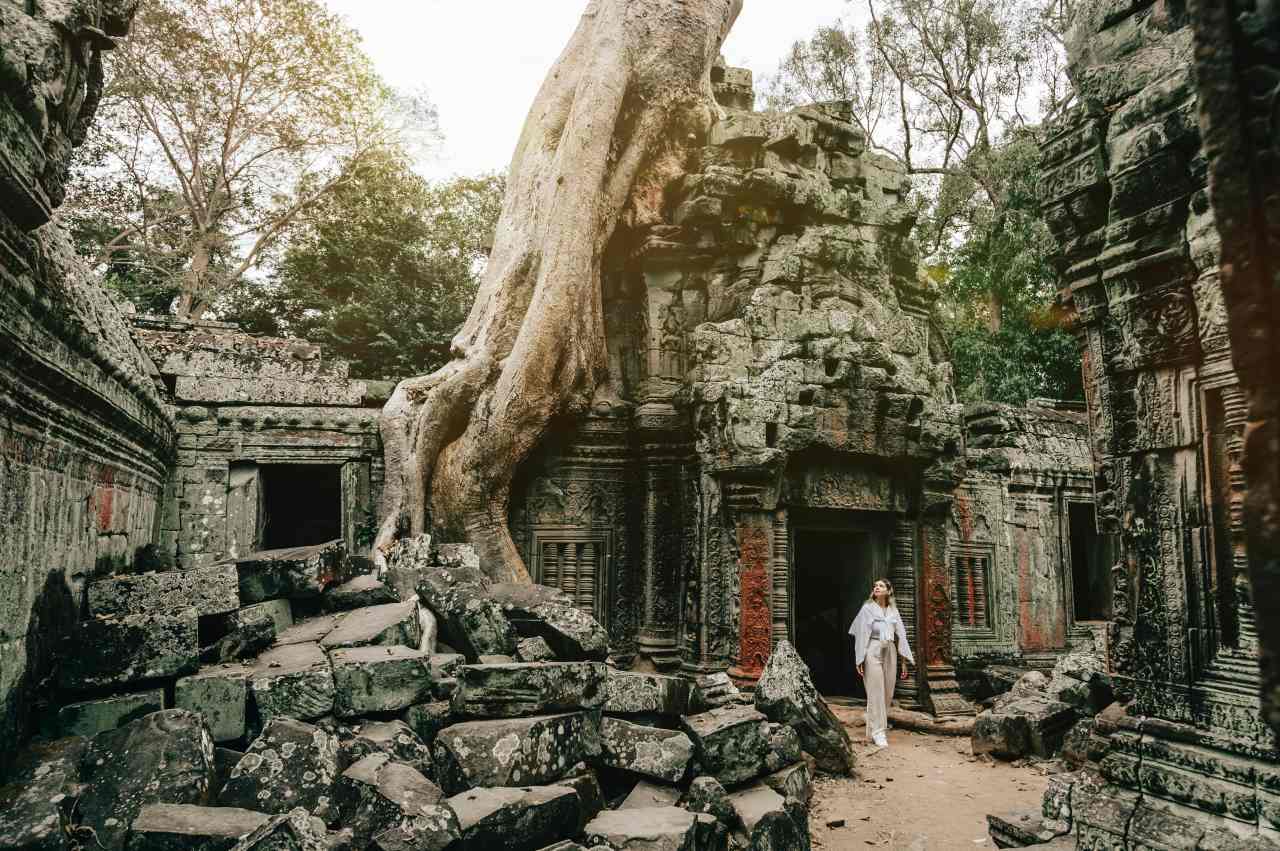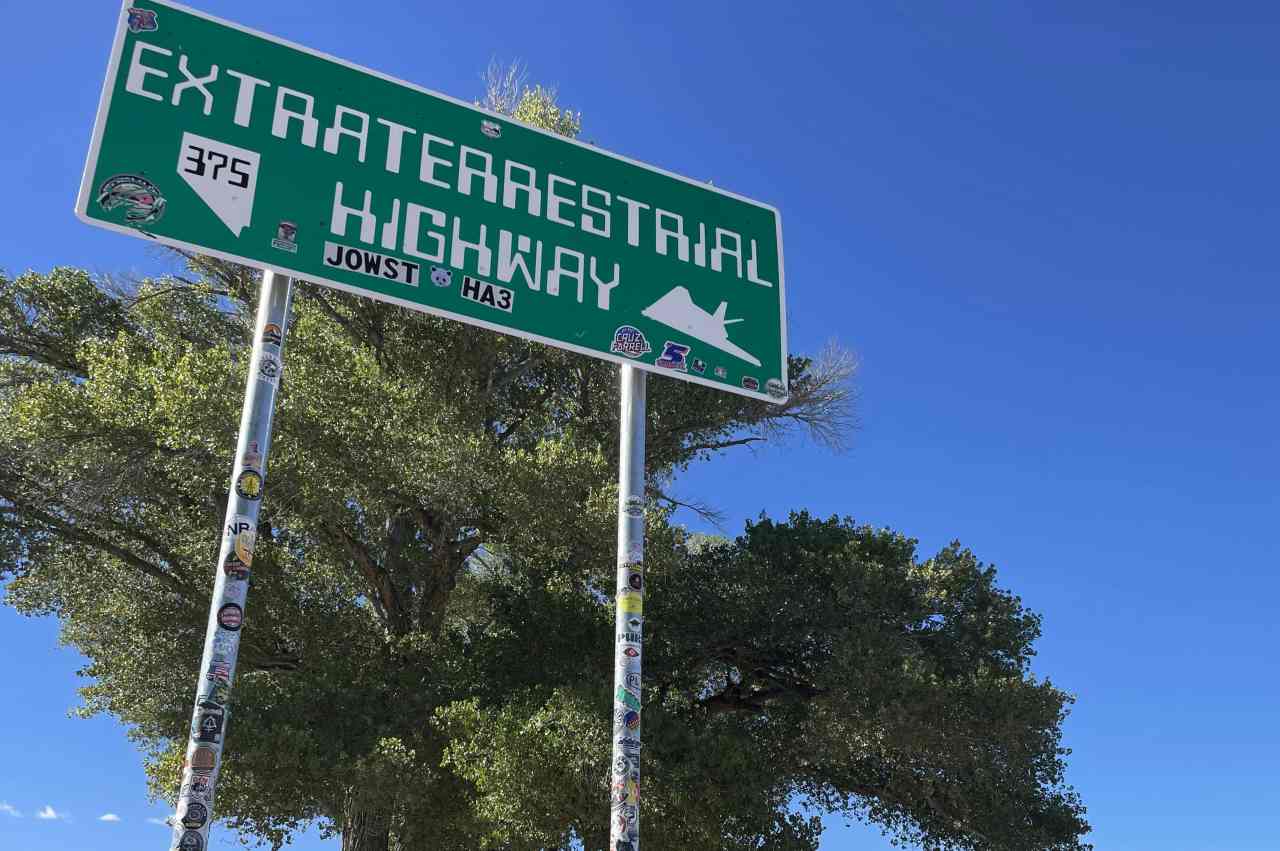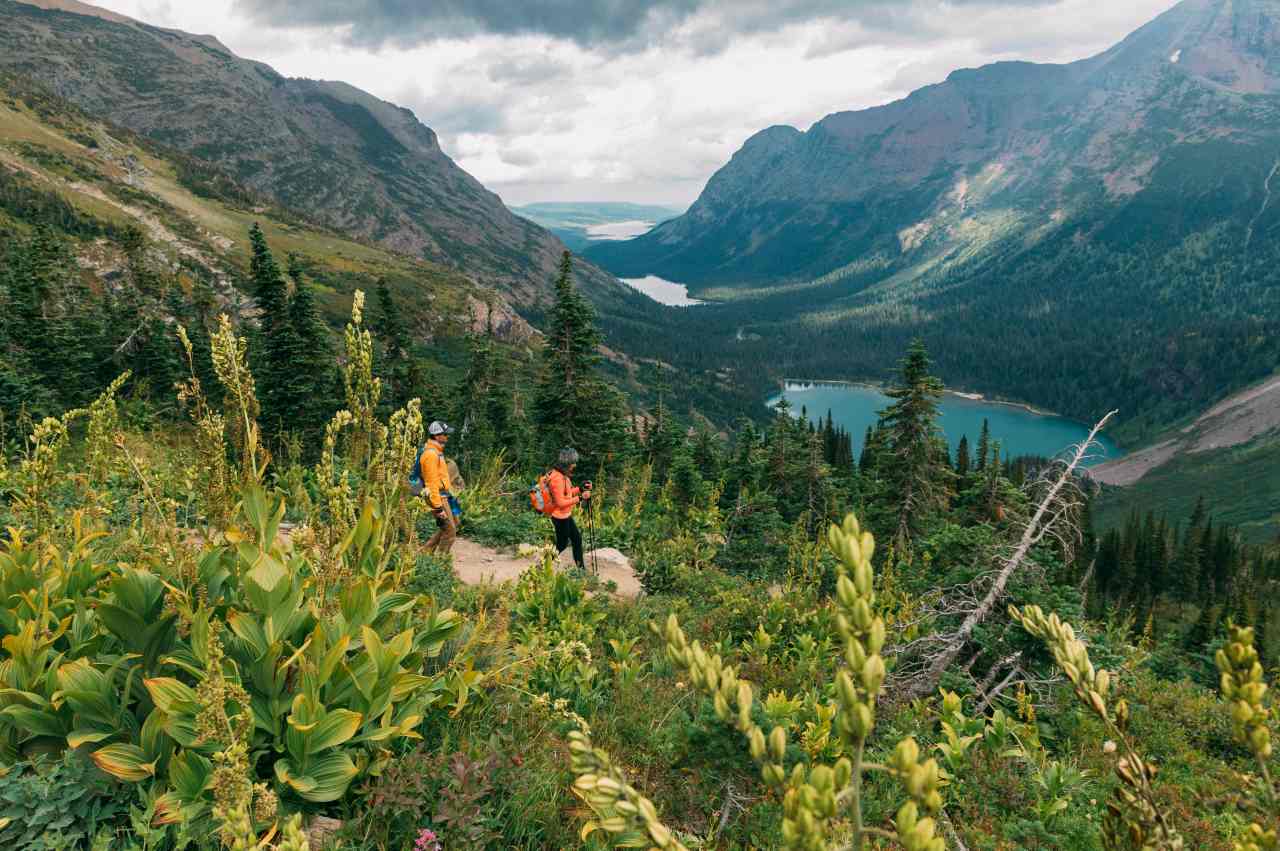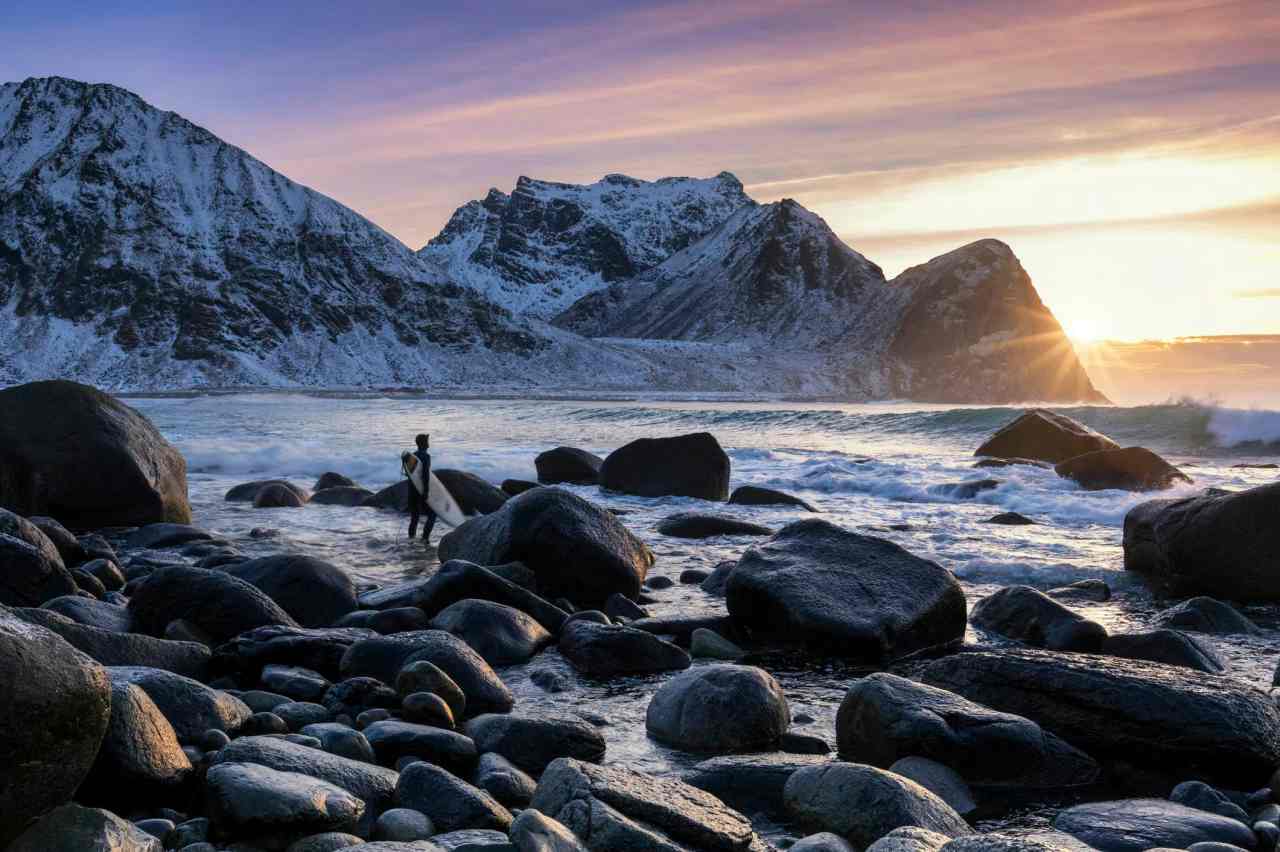As social media continues to attract extra guests to US nationwide parks, the stress on these pristine environments is intensifying, setting all-time data and crowded circumstances that push individuals deeper into wilderness areas.
In response, the “Depart No Hint” (LNT) philosophy, crafted by the US Forest Service and the Nationwide Outside Management Faculty (NOLS), offers important steerage to reduce environmental affect. This framework, which now consists of accountable social media use pointers, helps people make knowledgeable choices all through their nature journeys—from planning and climbing to tenting and wildlife interactions.
Here is how one can apply the Depart No Hint ideas to your subsequent out of doors journey.

1. Plan forward and put together
Conscientious planning and preparation can scale back guests’ affect on the setting. Researching accredited and low-impact campsites and trails will set you on a minimal-touch path from day one. Prepping for meals and cooking wants (bringing correct camp stoves and minimally-packaged meals merchandise) will scale back waste and the necessity for gathering firewood. And planning a secure journey itinerary inside your group’s capabilities and being well-prepared for climate circumstances will scale back the necessity for a resource-heavy rescue ought to issues flip bitter.
The highest 10 most visited nationwide parks within the US
2. Journey and camp on sturdy surfaces
Whereas the saying goes “Take solely footage, depart solely footprints,” it’s really a greater precept to additionally keep away from the footprints. Mountaineering on moist, muddy trails results in erosion, harm to doubtlessly vital flora and compounds the issue for future hikers, bikers and horseback riders coping with deeply rutted pathways. As a substitute, attempt to keep on with gravel or rocky paths that may deal with the affect, and attempt to keep away from touring on moist days on common trails. Bushwhacking off path may result in environmental harm by means of delicate areas. Equally, tenting in accredited, well-managed campsites will scale back environmental affect.
15 unforgettable experiences in US nationwide parks

3. Get rid of waste correctly
“Pack it in, pack it out,” is an efficient guiding principal for decreasing waste within the wilderness – eliminate it again house. When you normally don’t must pack out strong human waste, deliver instruments (and examine the rules) for burying it correctly, sustaining acceptable distance from tenting areas, trails, freshwater and wildlife paths. Convey a biodegradable dish and physique cleaning soap and use sparingly. Likewise, reef-safe sunscreen must be used to reduce the affect of damaging runoff out of your pores and skin. And in the event you do discover different peoples’ litter on the paths, it’s a pleasant gesture to pack it out as effectively, when you have the house.
7 greatest US nationwide parks to go to with children
4. Depart what you discover
Guests ought to depart pure gadgets as they’re, the place they’re. Whereas it’s tempting to collect leaves, rocks and seashells, particularly in areas the place they’re plentiful, notice that the cumulative affect of many guests doing so will be dangerous to the setting and reduces that untouched pure feeling to a distant space. And please don’t stack rocks to make the cutsie rocks cairn towers. Along with ruining the sense of untouched wilderness for future guests, creating erosion and damaging stone moss, it’s offensive for vacationers to take action in lots of areas the place Indigenous peoples connect cultural significance to their very own creations.
I am a Yellowstone information — this is what you’ll want to know in the event you plan on visiting in 2022
5. Reduce campfire impacts
Whereas big bonfires look fairly cool, flying sparks and ash may cause devastating wildfires. That is true even for smaller fires, so each time potential use present metallic firepits, stone hearth circles, or create a firebreak of your personal to reduce the affect. Make sure you rigorously observe native guidelines and pointers prohibiting wooden gathering and open fires, notably in excessive hearth season (which appears to be year-round nowadays). Guarantee even the smallest campfire has been totally doused with water after use, stirring the coals for resoaking if crucial.
North America’s greatest nationwide park day hikes

6. Respect wildlife
Conserving your distance from wildlife is safer for you and for them. Creeping as much as take wildlife images can harm nesting areas and trigger stress for native fauna. Keep affected person and let the creatures observe their very own course, use a telephoto lens and pause to let that household of geese waddle throughout the path. Securing meals in opposition to animal intrusion (in bear bins or moveable bear-proof containers) helps stop harmful people-animal conflicts, and reduces the tendency of untamed animals getting acclimated to human-borne treats.
5 US state parks which can be simply as unbelievable because the nationwide parks
7. Be thoughtful of others
Decreasing your affect on different guests is an efficient tenet for exploring the wilderness. Many individuals go to nature to find quiet, remoted retreats – so flip down (or flip off) your music, depart the late-night events for metropolis life and provides different individuals house when selecting a campsite. When coming throughout individuals on trails, announce your presence politely, and be keen to provide manner, contemplating the security and talent of others. In lots of common areas, hikers, bikers and horseback riders share the identical trails, so be thoughtful of different teams’ necessities, limitations and pursuits when interacting on shared paths.
Don’t overlook these magnificent out of doors locations within the US Southwest

8. Put up social media responsibly (*unofficial added principal)
Whereas it’s tempting to put up on Instagram your discovery of a pristine area of wildflowers, this could result in stampedes of copycat posters stomping by means of the identical space. Geotagging a distant or experts-only campground, path or mountain peak can encourage individuals to go to it who’re ill-equipped to deal with the circumstances. The Depart No Hint precept for social media doesn’t imply you need to forgo it solely, however quite that it’s best to contemplate the affect your posting could trigger, and that it’s best to put up explanatory and cautionary captions. In lots of circumstances selecting a extra basic geotag like “Yosemite” or “The Rockies,” will stop over-visitation to a distant or environmentally delicate vacation spot.











+ There are no comments
Add yours